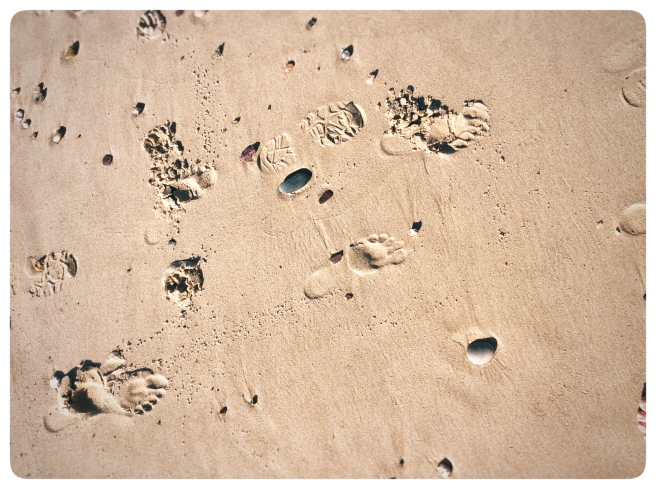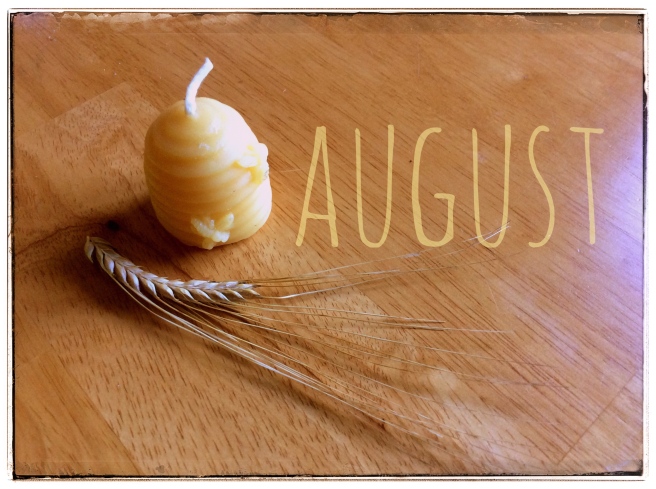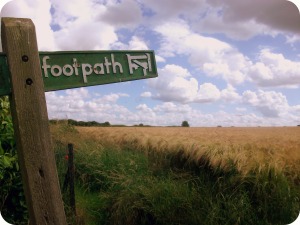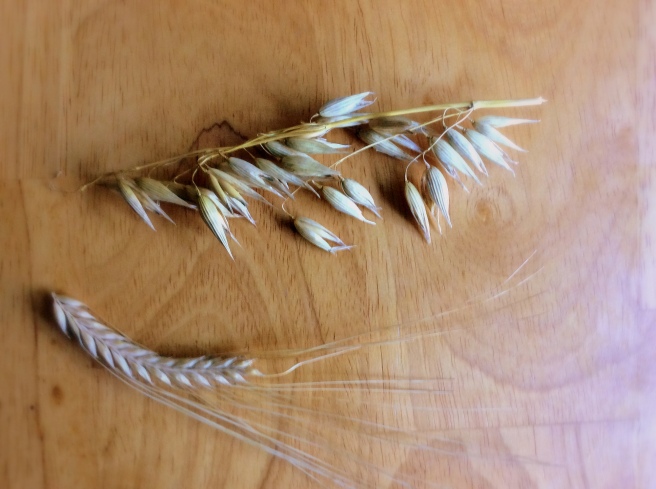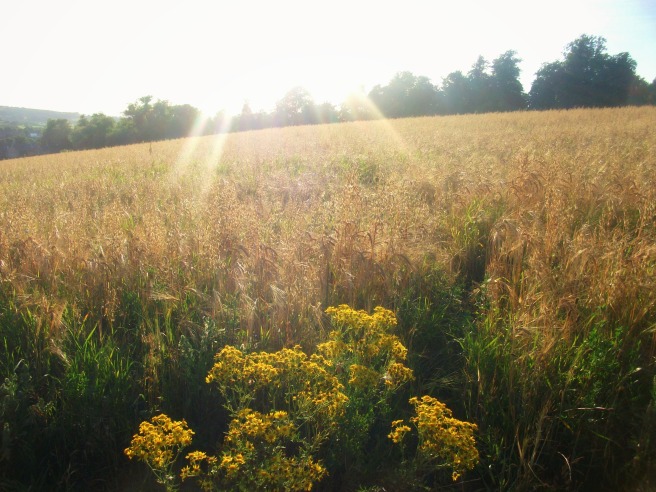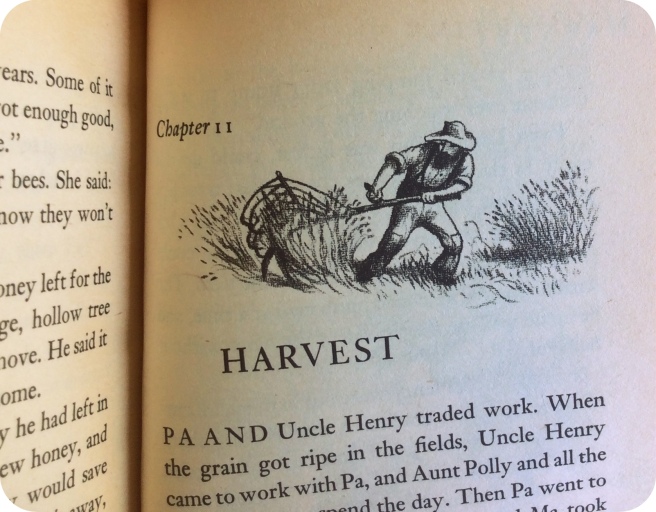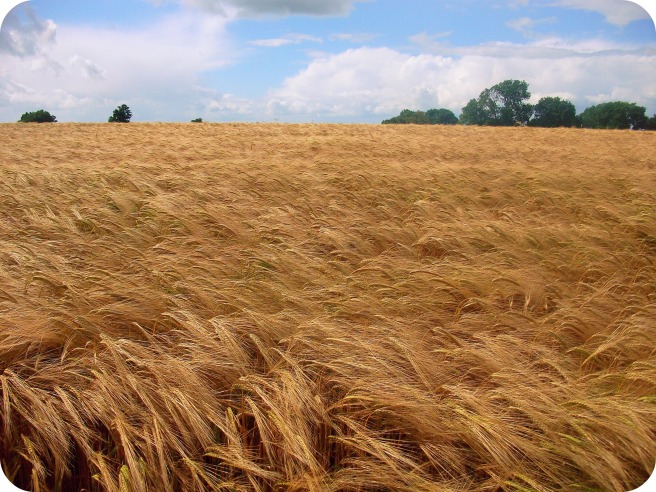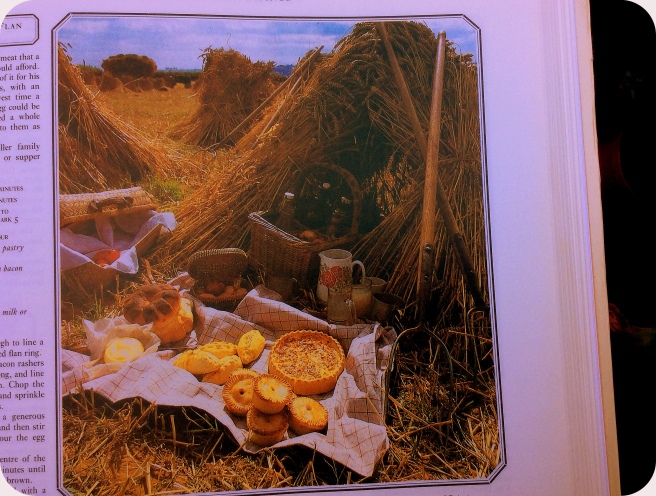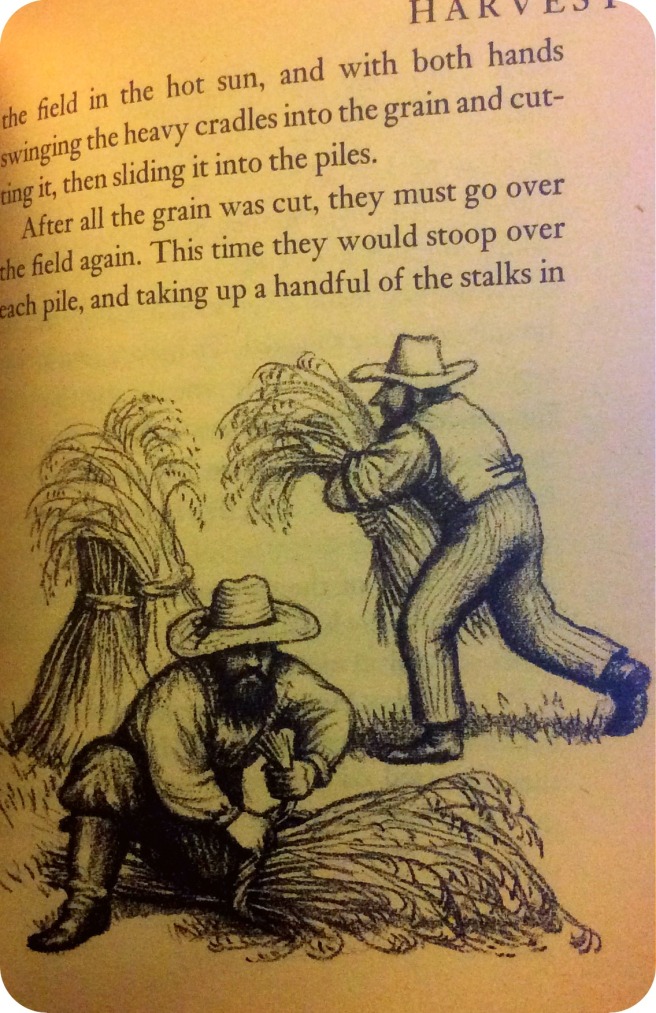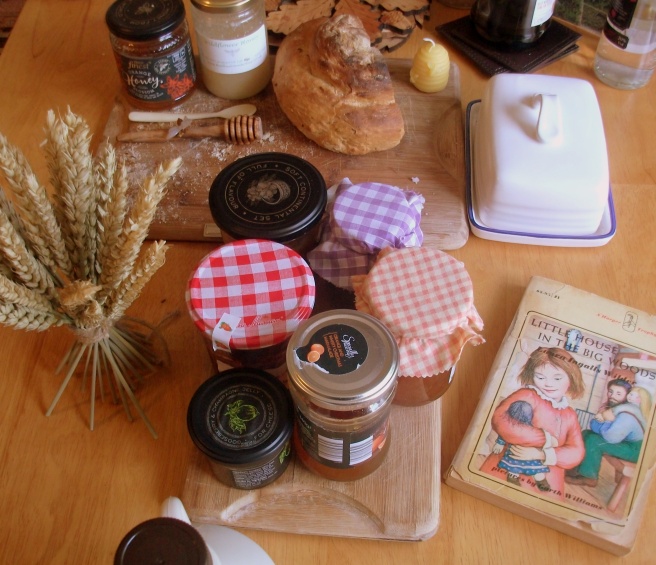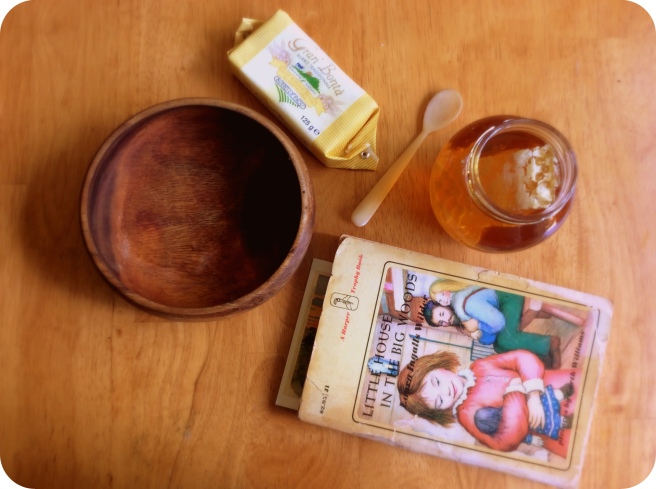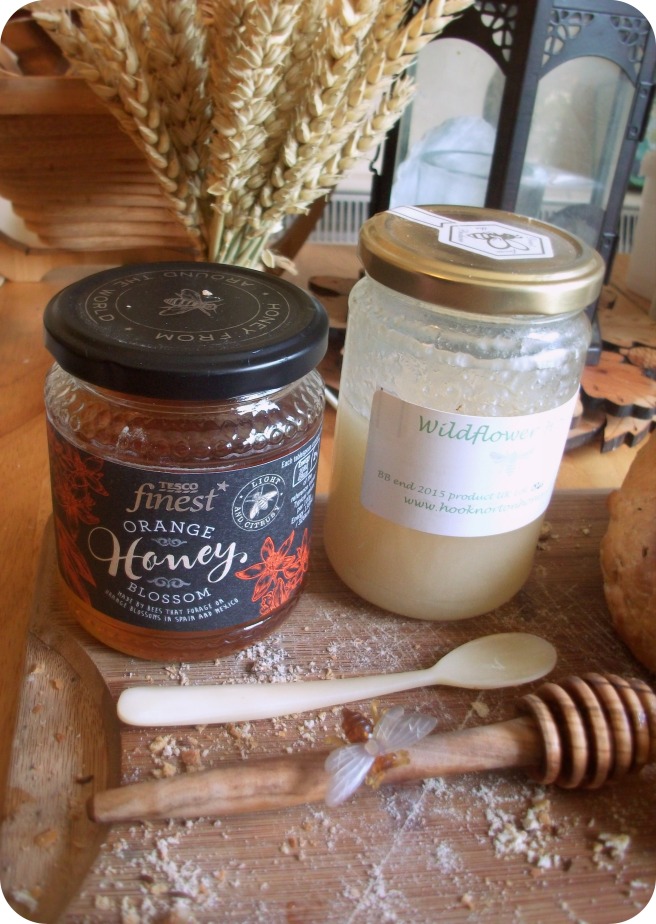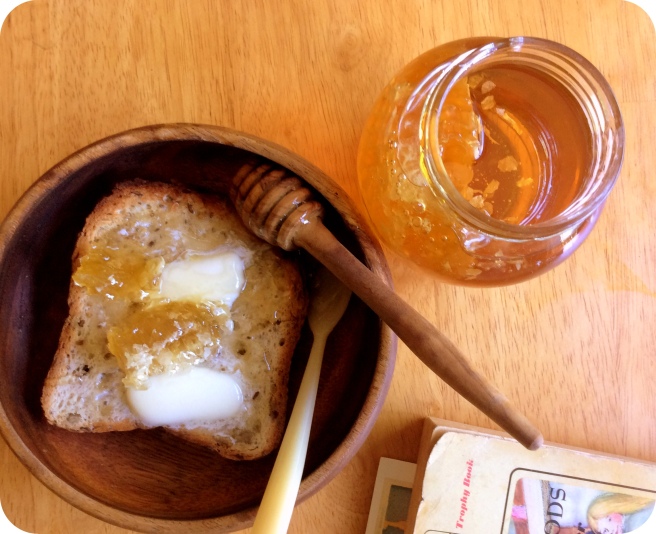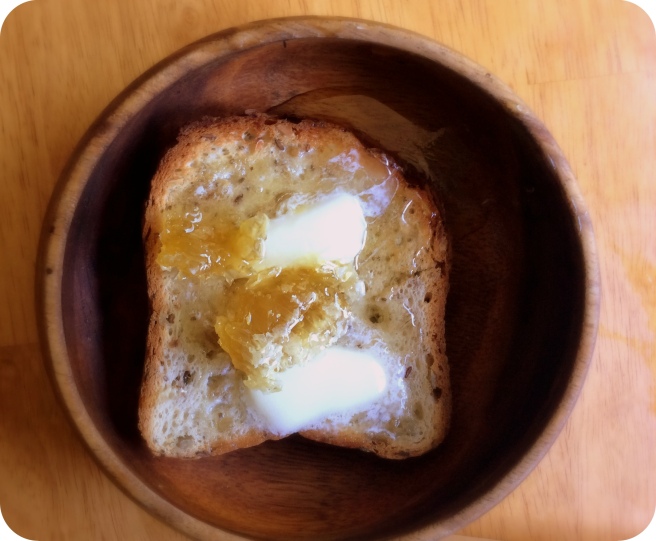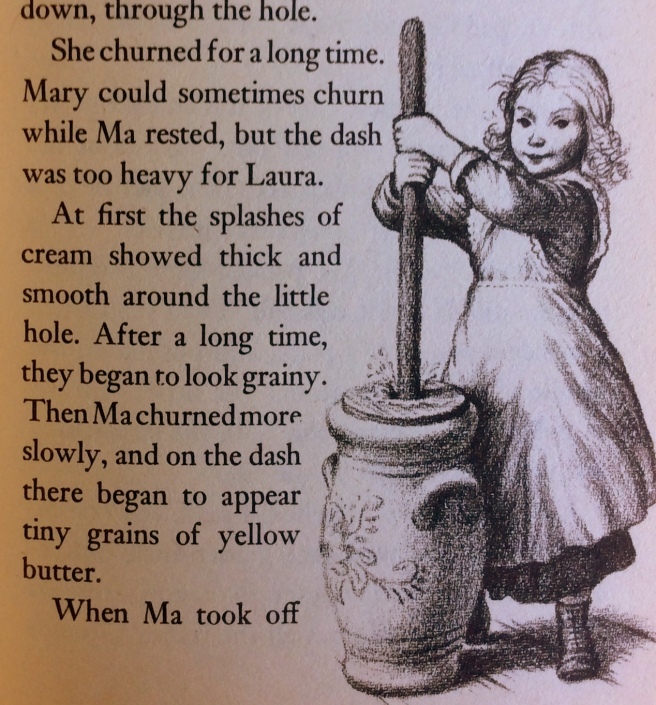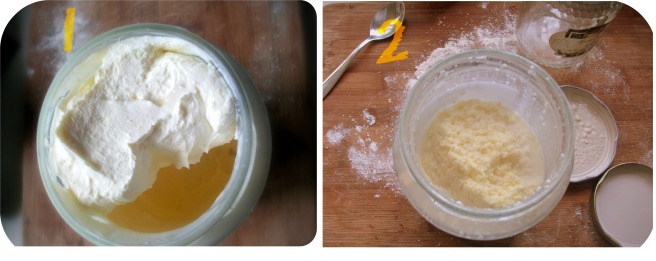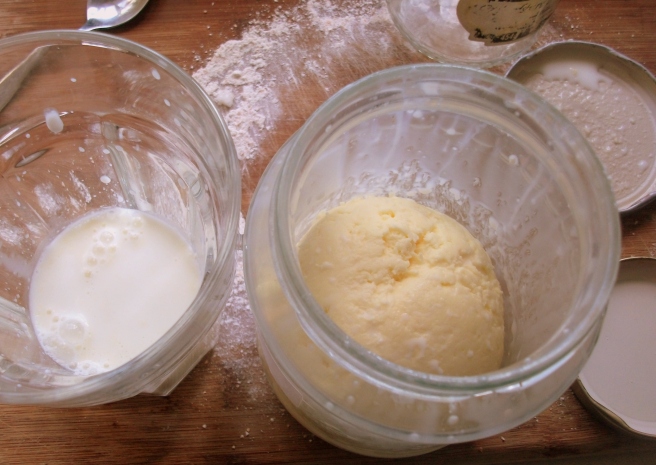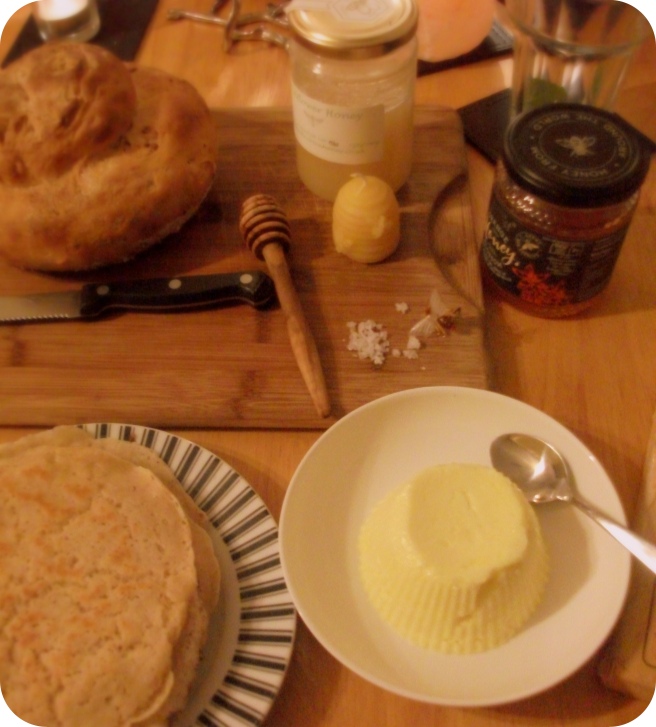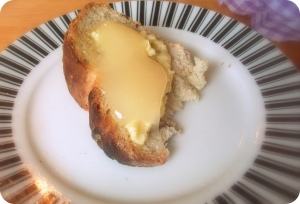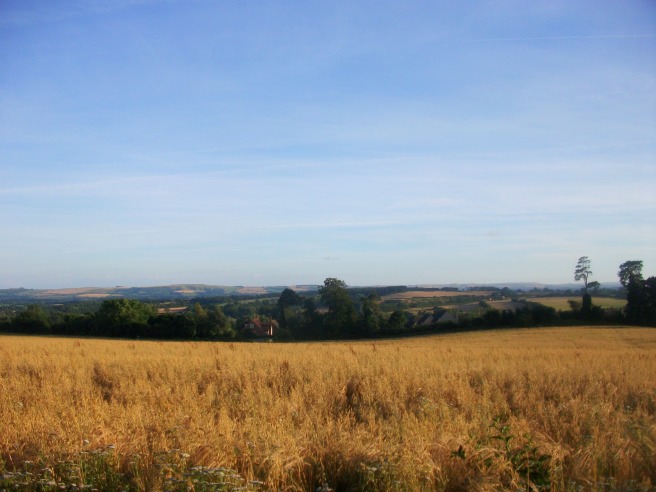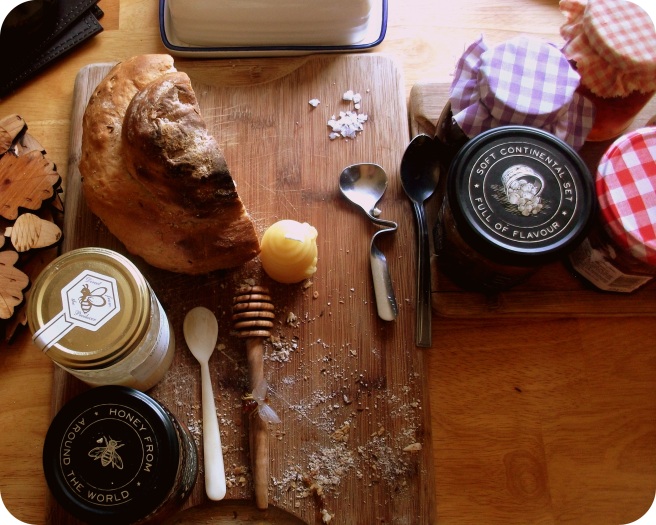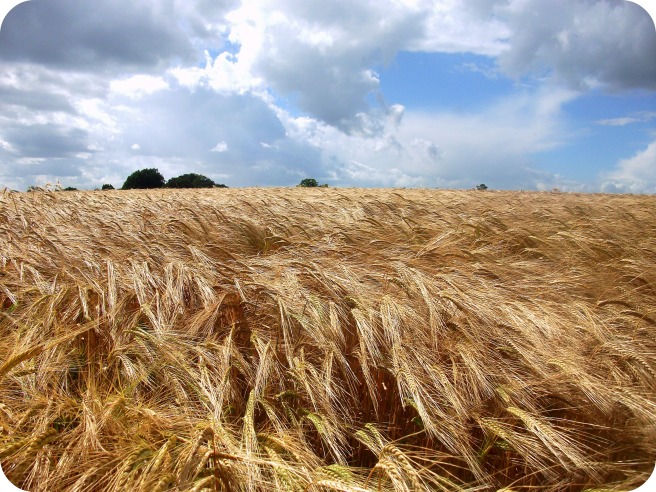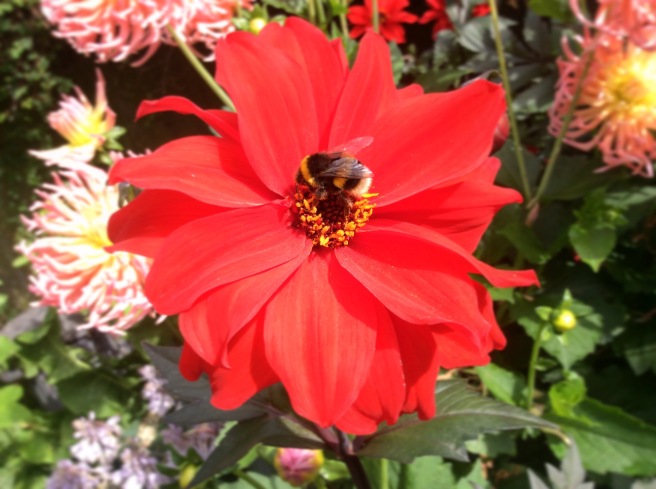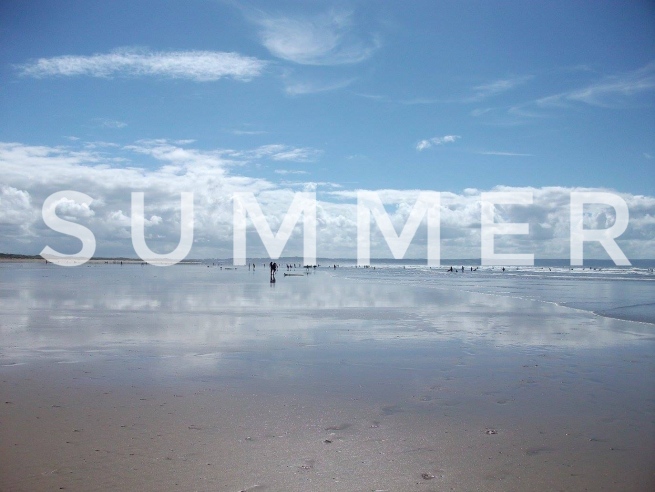 Book:
Book:
Just So Stories by Rudyard Kipling
1912, The Country Life Press
It’s been quite a hot summer here, which has led to us wishing we were at the seaside more than once. Later in August we’re going camping in Devon, but until then we just have to remember our last trip, as well as reading a lot of beachy stuff.

Our story today is from Just So Stories by Rudyard Kipling: ‘How the Whale Got His Throat.’
In the sea, once upon a time, O my Best Beloved, there was a Whale, and he ate fishes. He ate the starfish and the garfish, and the crab and the dab, and the plaice and the dace, and the skate and his mate, and the mackereel and the pickereel, and the really truly twirly-whirly eel. All the fishes he could find in all the sea he ate with his mouth–so!
As you can see, it’s a really fun story to read aloud, preferably with actions. The story concerns a Whale who eats all but one of the fish in the sea, and finally makes the mistake of eating a ship-wrecked Mariner, who is a “man of infinite-resource-and-sagacity.”
But the Mariner causes so much trouble for the Whale by jumping around and dancing hornpipes where he shouldn’t, that the Whale lets him out again, and even takes him home.
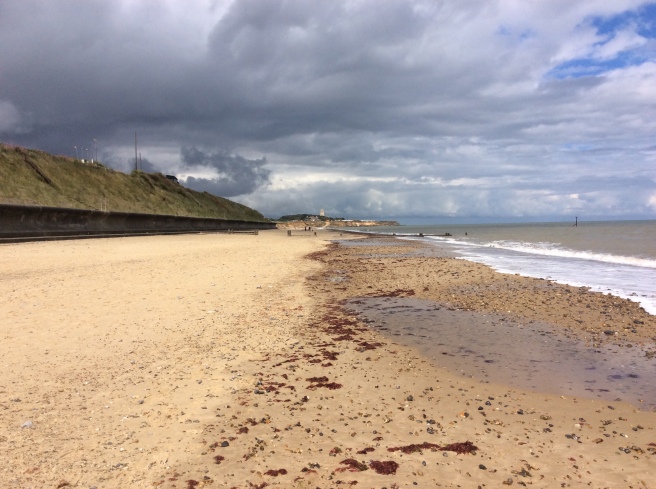
While the Whale is taking him home, the Mariner cuts up his raft into a grating and drags it into the Whale’s throat:
By means of a grating
I have stopped your ating.
So after that the Whale can only eat teeny little fish
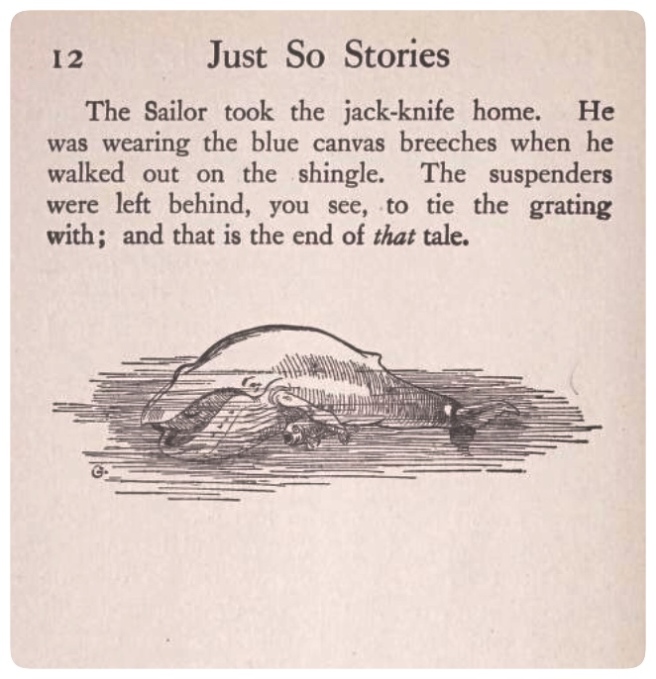
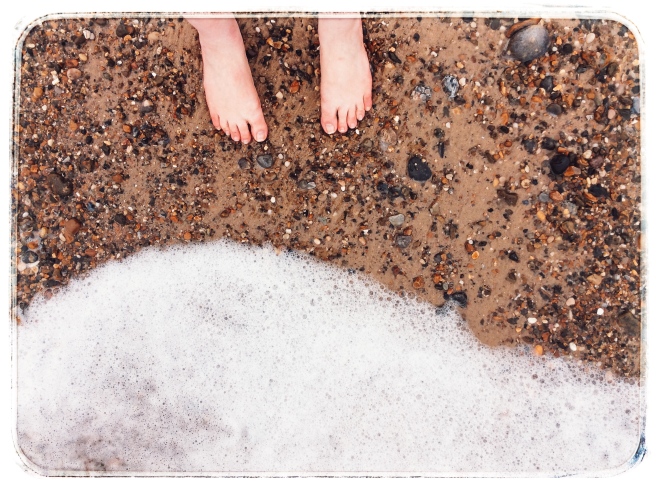
This is a fun little tale for all ages, although obviously some of the vocabulary might need to be read aloud for younger ones. It would go very well with a unit on origin myths or one on whales, baleen, overfishing or ocean life cycles.

Like the Whale, we have a big problem with overfishing in our oceans, which are already having enough problems with climate change and plastic pollution. Littler fish like sardines or mackerel are (generally speaking) more sustainable, although you should always check up on the specific brand to see how and where they source their fish.

Little Fish Cakes
Ingredients
2 tins sardines, mackerel, or other little fish (or fresh equivalent)
1 cup mashed potatoes or sweet potatoe
Juice of half a lemon
¼ cup sweet chili sauce
3 cloves of garlic, crushed
½ tsp ginger
2 eggs
Oil of choice
Salt and pepper

Method
Mix all the ingredients together. You can use a potato masher or a fork to ensure that the fish is mashed up properly. Season to taste and then drop tablespoonfuls onto a medium-hot pan coated with your oil of choice (I recommend coconut oil). Flatten into little pikelets and fry for about 2 minutes on each side, until they are looking nice and golden and crisp.
They are nice served with sweet chili sauce, olive oil, lemon juice and a salad of cucumbers, tomatoes and red onion. They’re yummy both hot and cold and are a good way to get the healthiness of oily fish for people who are a bit fussy about eating little bones and stuff.

And if you are lucky enough, little fish cakes would go really well on a seaside picnic!
